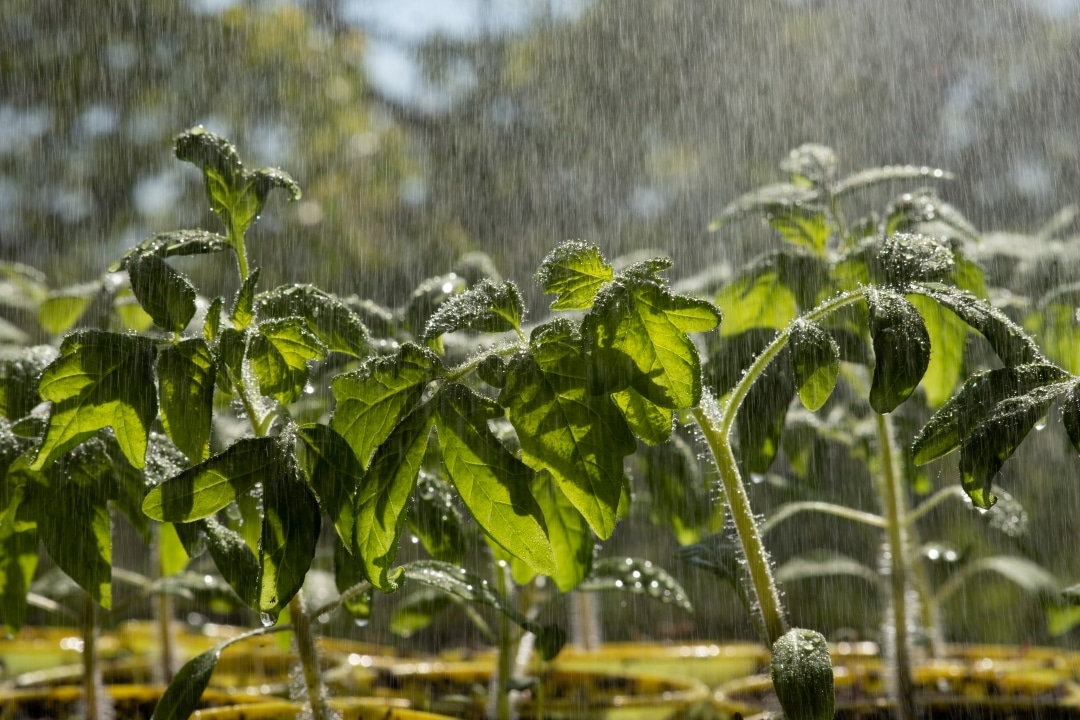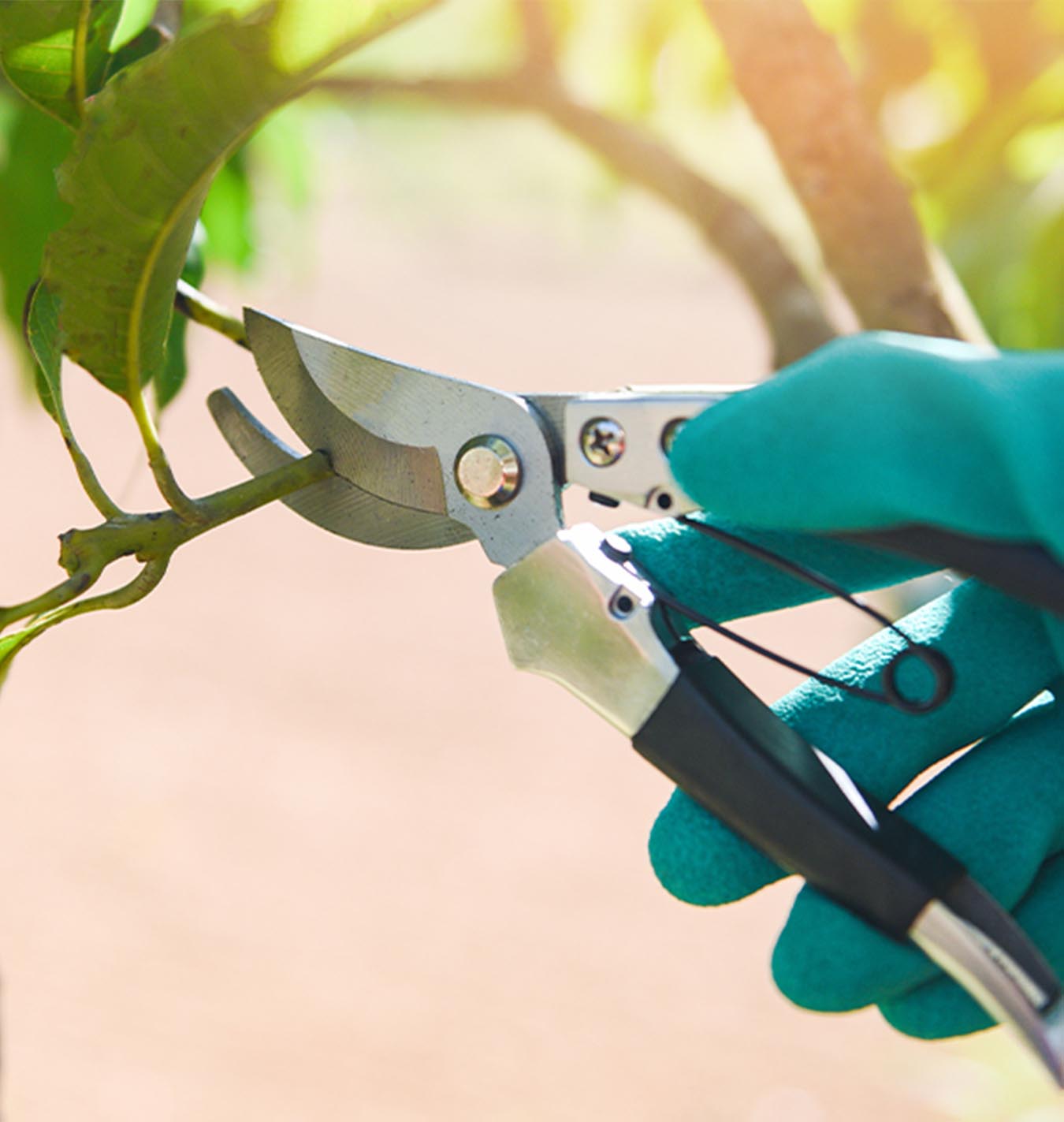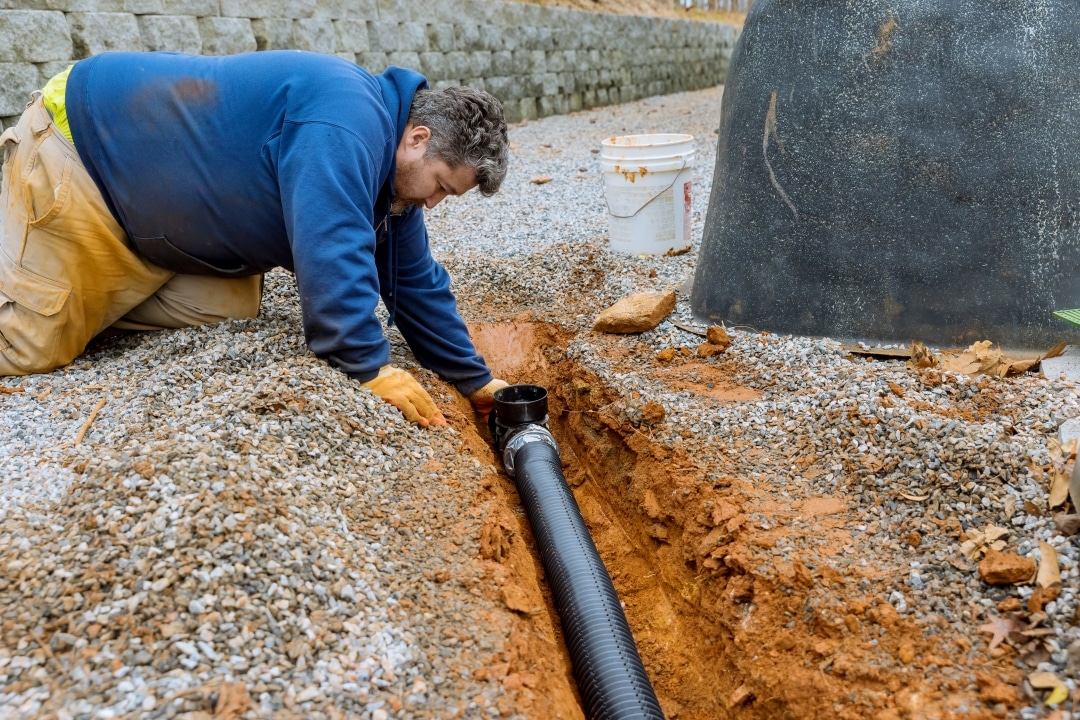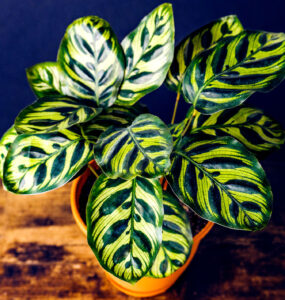
This year’s unusually wet weather in the Edmonton area can be a blessing and a curse for gardeners. While our plants appreciate the hydration, too much water can lead to problems. Recognizing the signs of overwatering and taking corrective action can save your plants from distress. Here’s how to identify and resolve overwatered outdoor plants.
Signs of Overwatered Plants
Yellowing Leaves: One of the most common signs of overwatering is yellowing leaves. Unlike nutrient deficiencies, which typically cause yellowing at the tips, overwatering often results in yellowing from the base of the plant upwards.
Wilting: It might seem counterintuitive, but overwatered plants can wilt just like underwatered ones. The roots become waterlogged and deprived of oxygen, causing the plant to droop.
Mushy or Soft Stems: If the stems of your plants are soft and mushy, it’s a clear indicator of excess moisture. This can lead to rot and other diseases.
Leaf Drop: Overwatered plants may start shedding leaves, especially older ones, as a response to stress.
Fungal Growth: Mould or mildew on the soil surface or plant base is a sign of too much moisture. It can also lead to root rot if left unchecked.
Stunted Growth: If your plants are not growing as expected, overwatering could be the cause. Excess water can stunt root growth and limit nutrient uptake.
Preventing Overwatering
Improve Drainage: Ensure your soil has good drainage. Amend heavy clay soil with organic matter like compost—we recommend Original SEA SOIL™—to improve its structure and drainage capabilities.
Raised Beds: Consider planting in raised beds or mounds to help excess water drain away from plant roots.
Mulching: Use mulch to help regulate soil moisture levels. Mulch retains moisture during dry periods and prevents the soil from becoming waterlogged during heavy rains.
Check Soil Moisture: Before watering, check the soil moisture about an inch below the surface—soil moisture meters recommended. If it’s still moist, hold off on watering.
Solutions for Overwatered Plants
Aerate the Soil: If the soil is compacted, gently aerate it to improve oxygen flow to the roots. Use a garden fork or aerator tool to create small holes around the plant.
Adjust Watering Schedule: Reduce the frequency of watering. Allow the soil to dry out slightly between waterings to prevent the roots from staying constantly wet.
Remove Affected Leaves and Stems: Trim off any yellow, wilted, or mushy parts of the plant. This helps the plant focus its energy on healthy growth and prevents the spread of rot.
Relocate Plants: If possible, move potted plants to a sheltered area during heavy rains. For in-ground plants, consider temporary covers like cloches or row covers to shield them from excess water.
Improve Soil Drainage: If your garden is prone to waterlogging, consider installing drainage systems like French drains or swales to direct excess water away from plant roots.

Long-Term Strategies
Choose the Right Plants: Opt for plant varieties that are more tolerant of wet conditions. Some plants naturally thrive in moist environments and can handle the occasional water surplus.
Soil Amendments: Regularly amend your soil with organic matter to maintain good drainage and soil health. This not only prevents overwatering issues but also improves overall plant growth.
Monitoring and Maintenance: Keep an eye on your garden’s moisture levels, especially during periods of heavy rainfall. Regular maintenance and quick responses to signs of overwatering can save your plants from prolonged stress.

Overwatering can be a significant issue, especially in a wet year like this one in Zone 4a. By recognizing the signs early and taking appropriate measures, you can keep your garden healthy and thriving. Remember, balance is key—ensuring your plants get the right amount of water will lead to a beautiful and productive garden.















